-
 bitcoin
bitcoin $122659.385674 USD
0.52% -
 ethereum
ethereum $4484.113342 USD
-0.09% -
 bnb
bnb $1304.229256 USD
-0.85% -
 tether
tether $1.000204 USD
-0.03% -
 xrp
xrp $2.860636 USD
-0.51% -
 solana
solana $227.288799 USD
2.36% -
 usd-coin
usd-coin $0.999805 USD
0.01% -
 dogecoin
dogecoin $0.252837 USD
1.18% -
 tron
tron $0.341149 USD
1.12% -
 cardano
cardano $0.830507 USD
0.33% -
 hyperliquid
hyperliquid $45.792319 USD
0.04% -
 chainlink
chainlink $22.422164 USD
1.55% -
 ethena-usde
ethena-usde $1.000283 USD
0.01% -
 sui
sui $3.511389 USD
0.83% -
 stellar
stellar $0.385276 USD
-0.44%
how blockchain was created
Blockchain, originating in a "cryptographically secured chain of blocks" concept in 1991, gained prominence with Bitcoin's emergence in 2008 and its genesis block in 2009.
Oct 12, 2024 at 09:48 pm

The Genesis of Blockchain: A Revolutionary Journey
Blockchain technology, a digital ledger system that has revolutionized industries worldwide, has its origins in a series of pivotal events and advancements. Here is a step-by-step account of how blockchain came into being:
1. Conceptualization (1991)
In 1991, two cryptographers, Stuart Haber and W. Scott Stornetta, proposed a concept for a "cryptographically secured chain of blocks" that could provide tamper-proof timestamps for documents. They published their whitepaper, "How to Time-Stamp a Digital Document," in the same year.
2. Bitcoin's Emergence (2008)
In 2008, Satoshi Nakamoto, an anonymous individual or group, published a whitepaper outlining a peer-to-peer electronic cash system called Bitcoin. This whitepaper introduced the concept of a decentralized, immutable, and secure blockchain.
3. Bitcoin Genesis Block (2009)
On January 3, 2009, Nakamoto mined the first block of the Bitcoin blockchain, marking the official genesis of the technology. This block, known as the "genesis block," contained a hidden message, "The Times 03/Jan/2009 Chancellor on brink of second bailout for banks.”
4. Proof-of-Work Consensus (2009)
The Bitcoin blockchain utilized a proof-of-work (PoW) consensus mechanism to validate transactions and create new blocks. This mechanism involves solving complex mathematical puzzles, ensuring the blockchain's security and immutability.
5. Expansion and Adoption (Post-2010)
After Bitcoin's release, similar blockchain technologies emerged, such as Ethereum, Ripple, and Hyperledger Fabric. These platforms extended the utility of blockchain beyond cryptocurrency, opening up possibilities in various industries, including supply chain management, healthcare, and finance.
6. Enterprise Adoption (Post-2015)
In the mid-2010s, major corporations and financial institutions began exploring blockchain for enterprise applications. This led to the development of private and consortium blockchains tailored to specific industry needs.
7. Ongoing Innovation (Present)
Blockchain research and development continue at a rapid pace, with advancements in consensus mechanisms, scalability, and interoperability. New blockchain-based solutions are being developed and implemented across a wide range of sectors.
Takeaway
The genesis of blockchain is a testament to the transformative power of technology. From its humble beginnings as a timestamping system to its current role as a cornerstone of modern digital infrastructure, blockchain has come a long way. As the industry continues to evolve and its potential is further unlocked, blockchain is poised to shape the future of global economies, industries, and societies.
Disclaimer:info@kdj.com
The information provided is not trading advice. kdj.com does not assume any responsibility for any investments made based on the information provided in this article. Cryptocurrencies are highly volatile and it is highly recommended that you invest with caution after thorough research!
If you believe that the content used on this website infringes your copyright, please contact us immediately (info@kdj.com) and we will delete it promptly.
- CEA Industries & Jon Najarian: Bridging Traditional Finance with BNB
- 2025-10-09 21:05:16
- Binance Alpha's AB Token Crash: A Cautionary Tale in Cryptocurrency
- 2025-10-09 20:45:17
- Crypto Investors Embrace Stock-Picking: Bitwise CEO's Insight
- 2025-10-09 21:05:16
- Coinbase, Cruise, and Crypto Compliance: Navigating the Waters of Digital Finance
- 2025-10-09 21:10:12
- Crypto ETFs, Altcoins, and Wall Street: Navigating the New Frontier
- 2025-10-09 20:45:17
- Bitcoin's Decade of Dominance: A Super Reason to Hold for the Next 10 Years?
- 2025-10-09 20:25:15
Related knowledge

What is a token economy?
Sep 20,2025 at 12:18am
Understanding the Foundations of a Token Economy1. A token economy in the context of cryptocurrency refers to a system where digital tokens are used a...
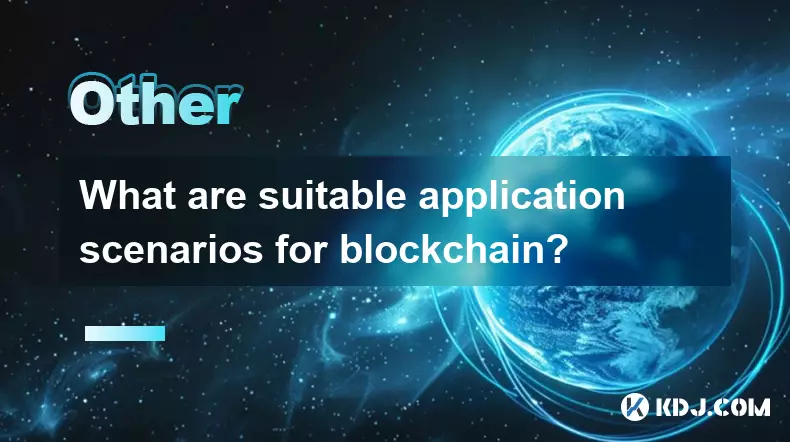
What are suitable application scenarios for blockchain?
Sep 20,2025 at 03:19am
Decentralized Finance (DeFi) Platforms1. Blockchain enables the creation of financial services without centralized intermediaries, allowing users to l...
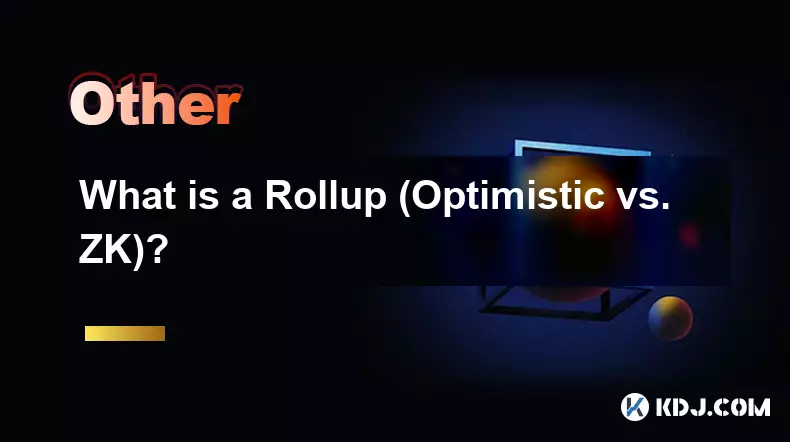
What is a Rollup (Optimistic vs. ZK)?
Sep 22,2025 at 03:00pm
Understanding Rollups in Blockchain Technology1. Rollups are layer-2 scaling solutions designed to increase transaction throughput on blockchains like...
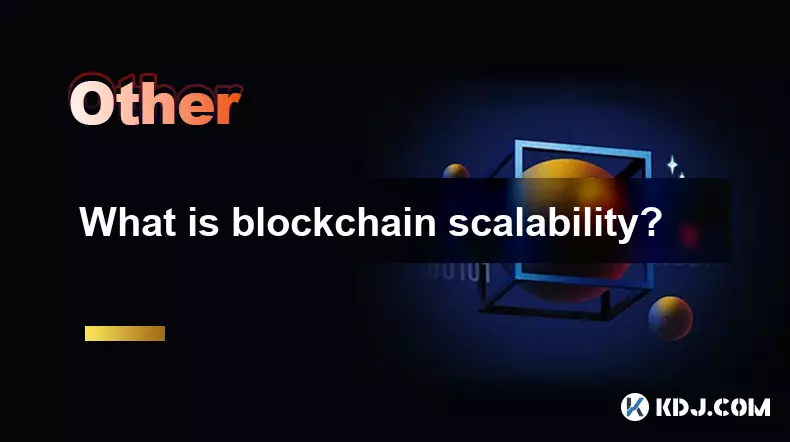
What is blockchain scalability?
Sep 19,2025 at 06:18am
Understanding Blockchain Scalability1. Blockchain scalability refers to a network's ability to handle an increasing number of transactions without com...
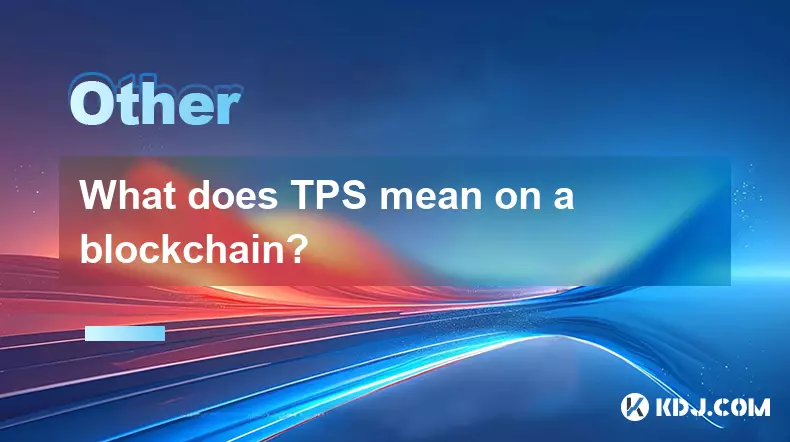
What does TPS mean on a blockchain?
Sep 21,2025 at 09:54am
Understanding TPS in Blockchain Technology1. TPS stands for Transactions Per Second, a metric used to measure the number of transactions a blockchain ...
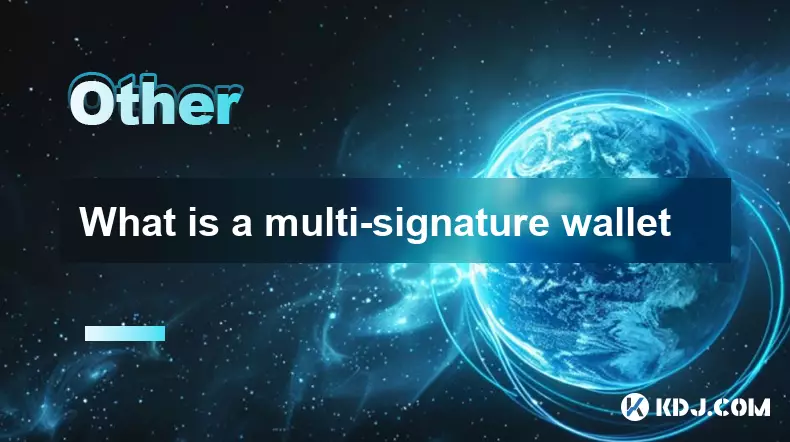
What is a multi-signature wallet
Sep 20,2025 at 07:00am
Understanding Multi-Signature Wallets in Cryptocurrency1. A multi-signature wallet, often referred to as a multisig wallet, is a type of cryptocurrenc...

What is a token economy?
Sep 20,2025 at 12:18am
Understanding the Foundations of a Token Economy1. A token economy in the context of cryptocurrency refers to a system where digital tokens are used a...

What are suitable application scenarios for blockchain?
Sep 20,2025 at 03:19am
Decentralized Finance (DeFi) Platforms1. Blockchain enables the creation of financial services without centralized intermediaries, allowing users to l...

What is a Rollup (Optimistic vs. ZK)?
Sep 22,2025 at 03:00pm
Understanding Rollups in Blockchain Technology1. Rollups are layer-2 scaling solutions designed to increase transaction throughput on blockchains like...

What is blockchain scalability?
Sep 19,2025 at 06:18am
Understanding Blockchain Scalability1. Blockchain scalability refers to a network's ability to handle an increasing number of transactions without com...

What does TPS mean on a blockchain?
Sep 21,2025 at 09:54am
Understanding TPS in Blockchain Technology1. TPS stands for Transactions Per Second, a metric used to measure the number of transactions a blockchain ...

What is a multi-signature wallet
Sep 20,2025 at 07:00am
Understanding Multi-Signature Wallets in Cryptocurrency1. A multi-signature wallet, often referred to as a multisig wallet, is a type of cryptocurrenc...
See all articles
















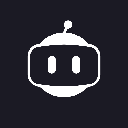









![🚨IS VECHAIN (VET) A DEAD COIN ?? PRICE ANALYSIS [GET READY NOW] 🚨IS VECHAIN (VET) A DEAD COIN ?? PRICE ANALYSIS [GET READY NOW]](/uploads/2025/10/09/cryptocurrencies-news/videos/vechain-vet-dead-coin-price-analysis-ready/68e7b200b067b_image_500_375.webp)















































